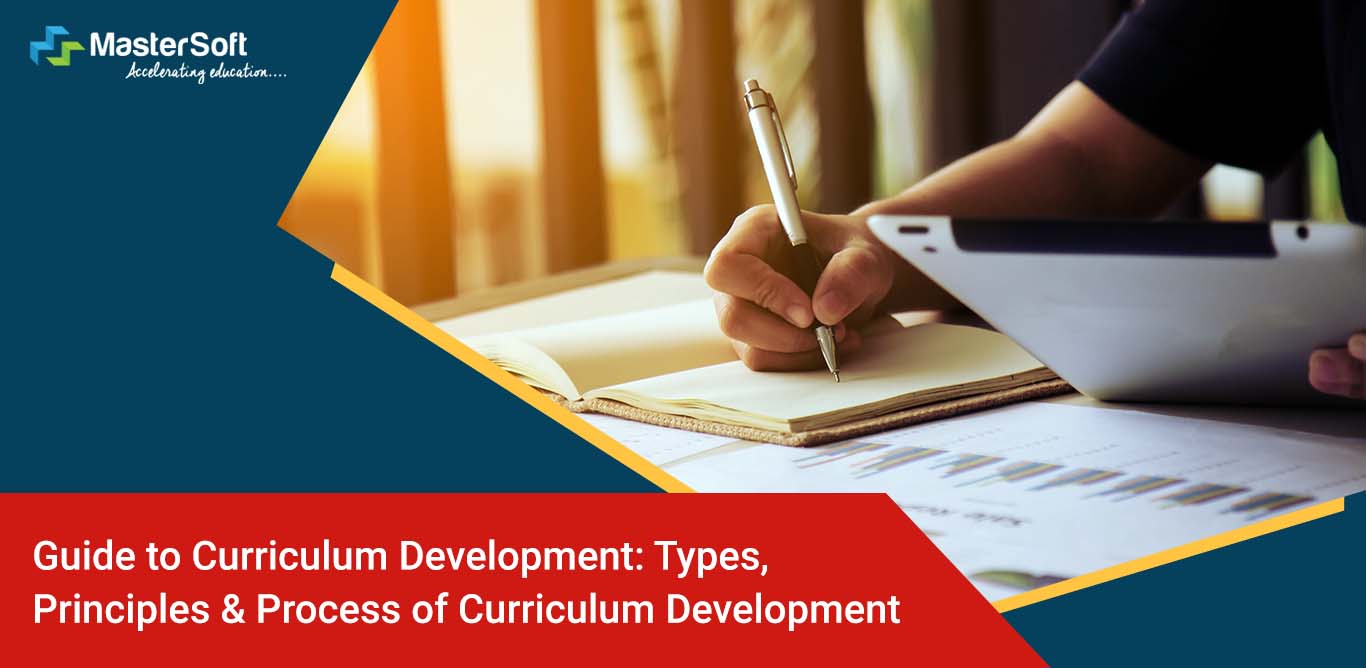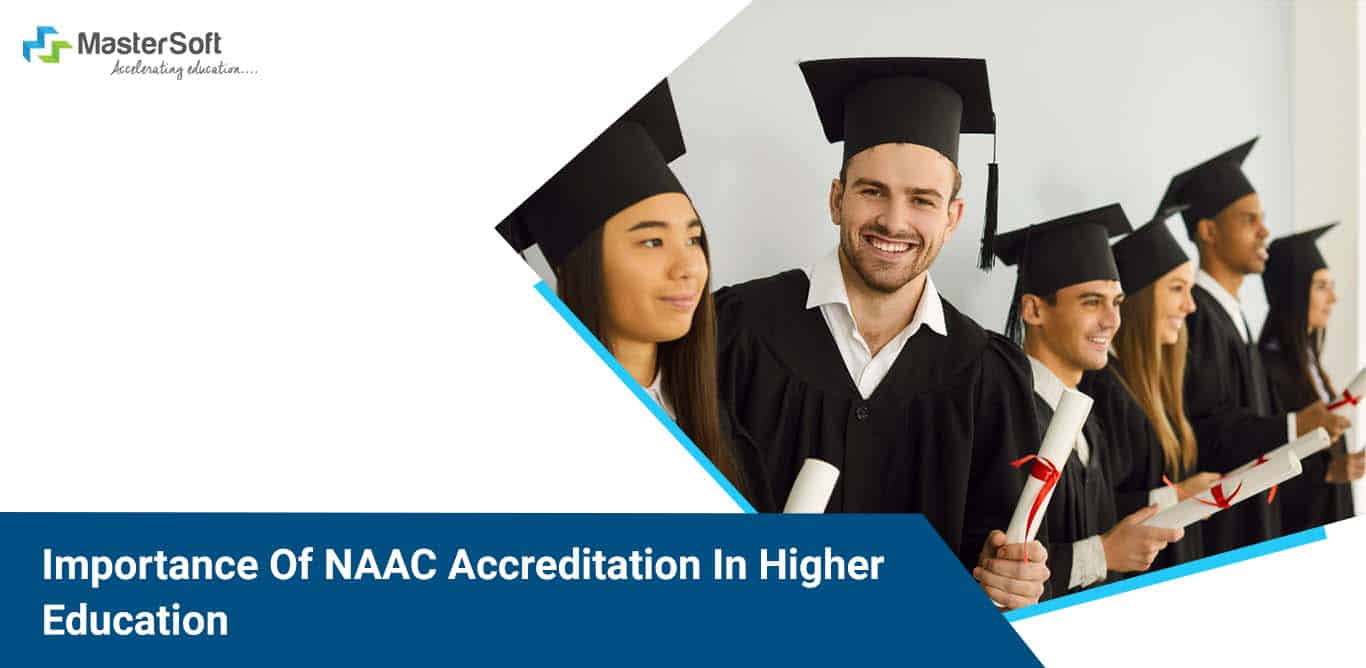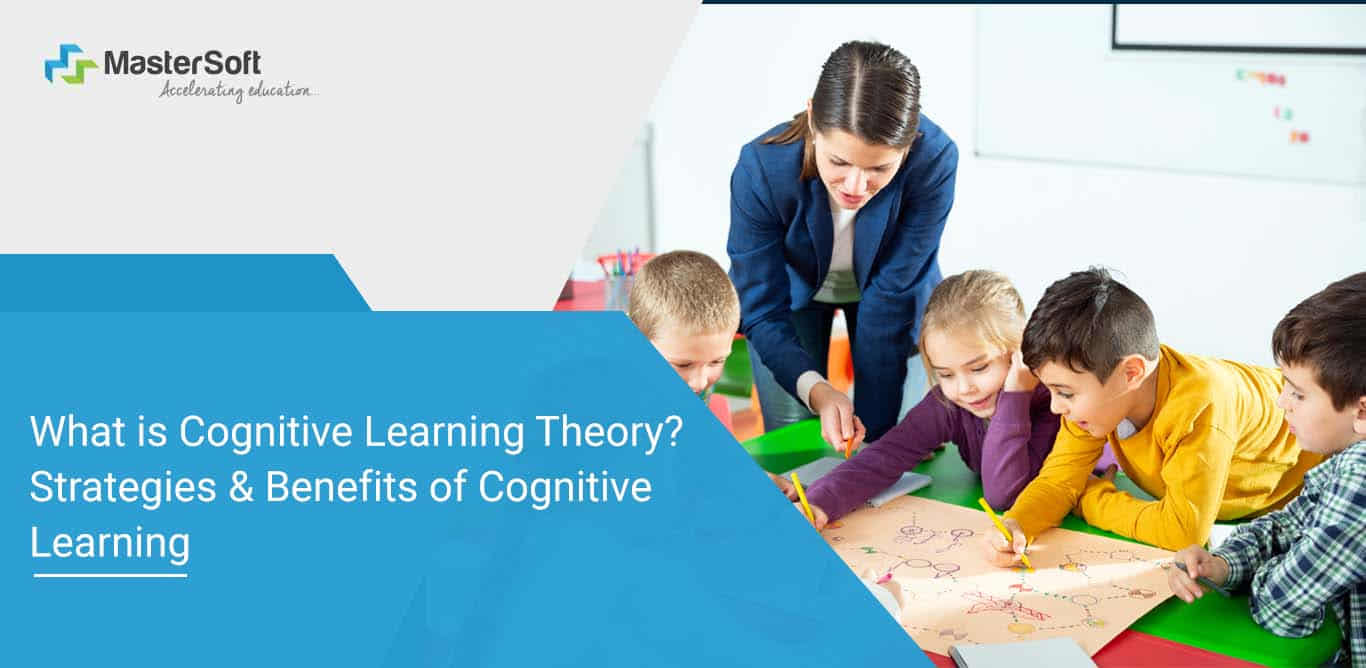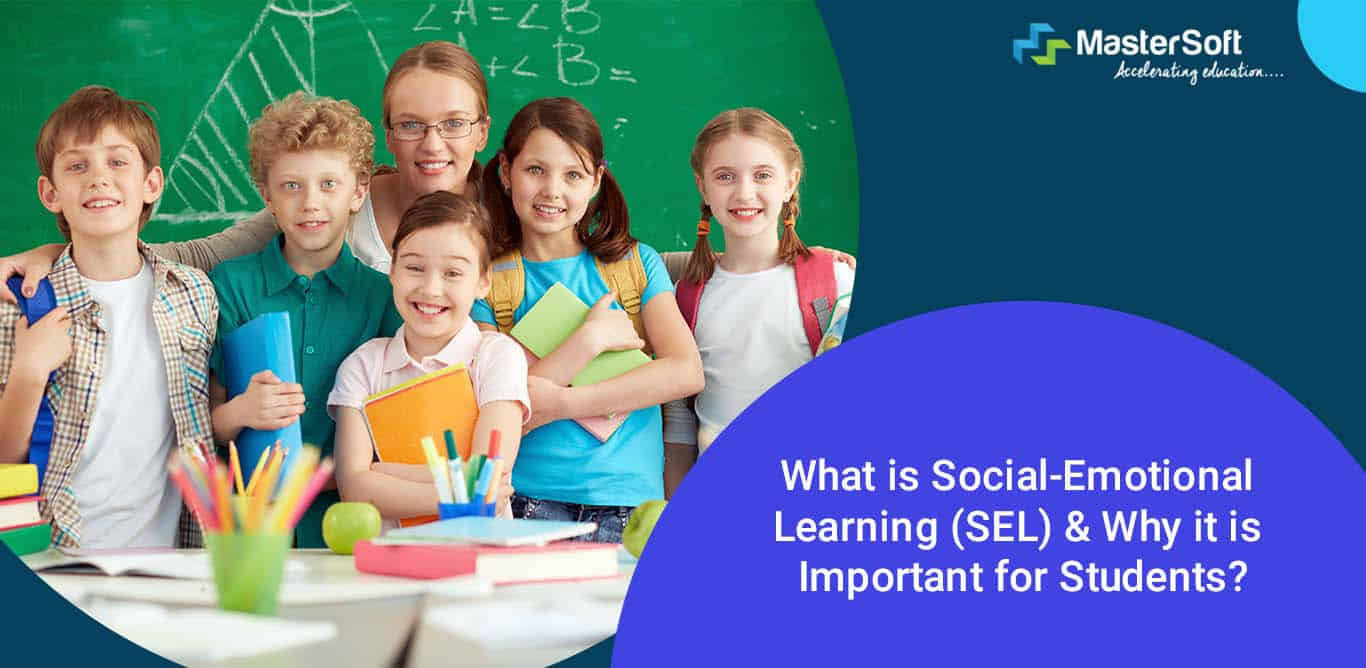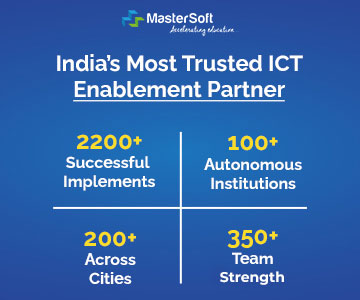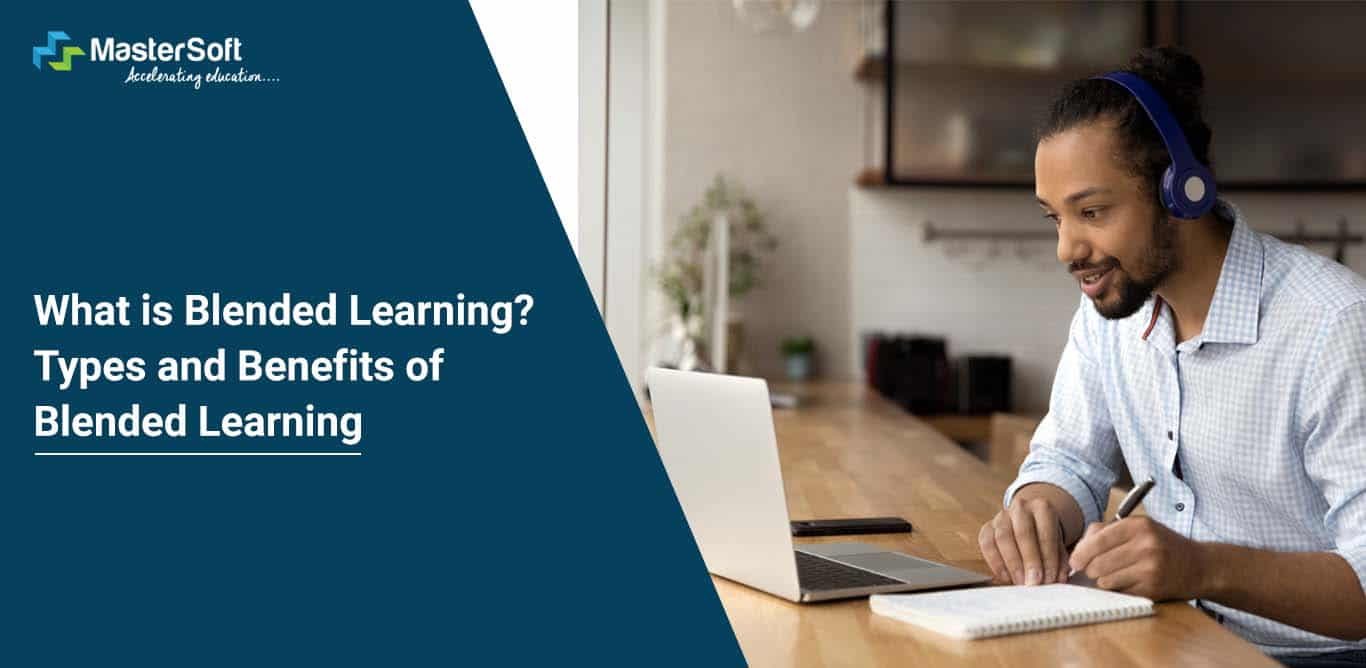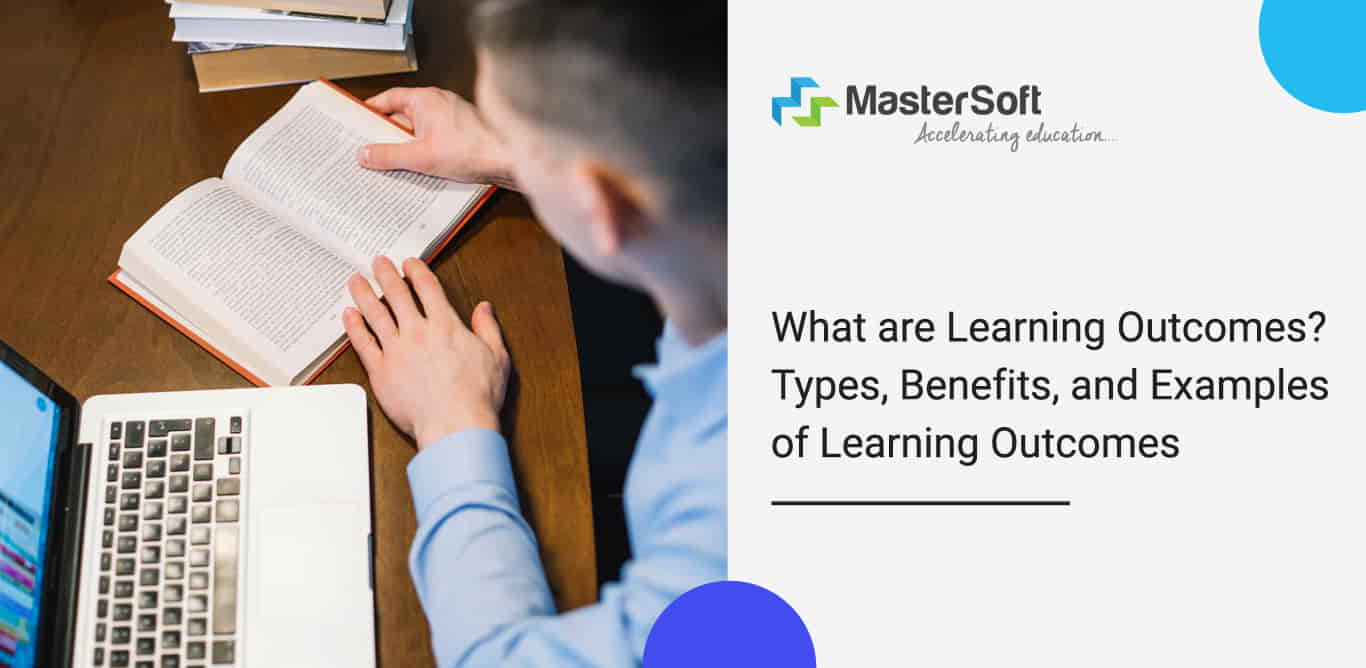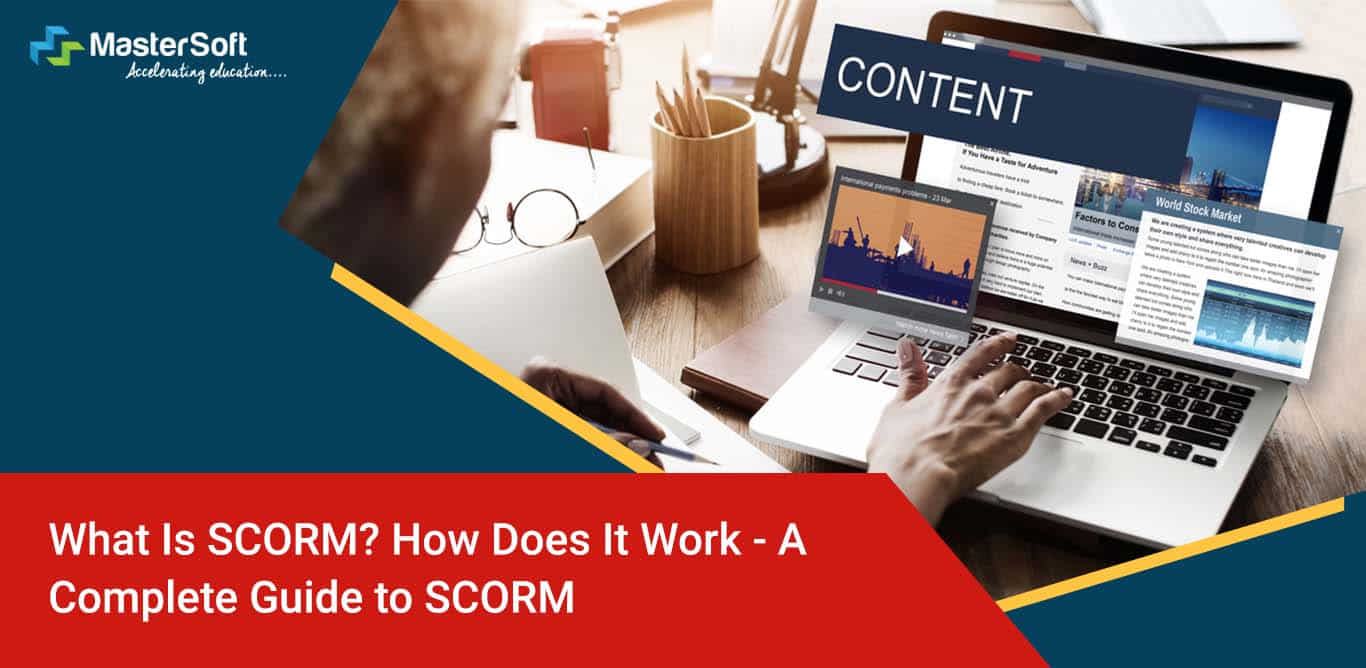
25, February 2022
The past two years have witnessed a gradual increase in online learning primarily due to the global health crisis. Consequently, the teachers began to adjust course materials under the guidance of respective institutes. Instead of following the pre-determined syllabus, they shortened the content by omitting the unnecessary ones. Besides, since the instructors would have limited time, they require to choose specific topics important for knowledge-building.
Institutes are branching out and expanding their expertise to provide distance education so that students who are working or have varied responsibilities can gain an education. Also, remote learning is an appropriate solution for those who are not capable of travelling far. But, to ensure a proper learning system, institutes need to implement an easy-to-use mechanism through which learners can access the course module.
Furthermore, institutes also face difficulty when it comes to building a course online because it takes a lot of time and effort to integrate content. This is where institutes can use SCORM, which is essentially a mechanism that allows higher educational institutes to implement courses that can be run via any LMS.
Let us take a detailed look at SCORM :
Previously, the institutes could only develop courses for a particular platform but the same e-learning course could not be used for another platform. So, when a university or college changes its system, it would lose its entire collection of courses. Hence, the money spent on development and the effort would be lost as well.
But, in 2001, the SCORM platform helped to eliminate the inefficiency related to the creation of e-learning courses.
What is SCORM?
SCORM is an acronym for Shareable Content Object Reference Model, which is an international standard for e-courses. It is the method through which e-learning courses can be set up and run from any LMS. Additionally, it provides a list of technical requirements that tells us how to make a course that will work on any platform. It comes with a detailed description of the e-course structure and the principles of its interaction with LMSs.
How does SCORM work?
To facilitate e-learning courses with the help of a learning management system, SCORM has three components that work in sync with each other.
1. Content Packaging
For one particular course, all the learning materials are put into a SCORM package that contains all the information that an LMS needs to require for importing and launching the content. For instance, this specific file provides answers to questions like ‘’ Which document should be launched?’’ and ‘’What is the name of this content?’’
2. Run-time communication
This is a significant component that is responsible for data exchange between an LMS and the content. It also deals with the delivery and tracking aspect of the platform. First, the content finds the LMS and then they communicate through get and set calls with the help of the corresponding vocabulary.
3. Sequencing
This component is basically associated with the way the learners navigate through a particular course. For instance, it directs how a learner/user moves after performing certain actions like hitting the next button. It also determines the specific activities that have to be completed before they go on to the next step.
What Is SAMR Model? Importance Of SAMR Model In Education System
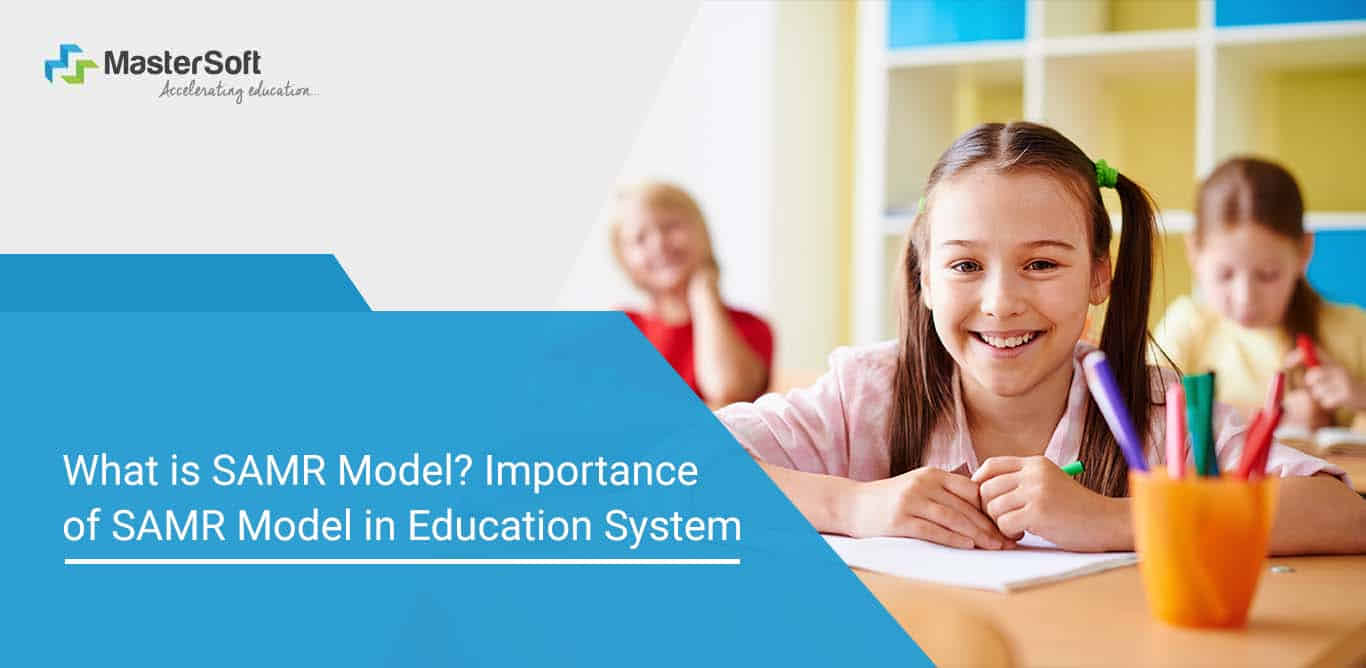
Why choose a SCORM compliant system?
If an institute is looking to implement SCORM in their system, they need to integrate a SCORM compliant LMS, without which it may not function. Both elements are significant for developing an efficient learning experience for students.
How to create a SCORM package?
In the previous years, if the institutes wanted to develop SCORM courses, they had to hire professional programmers to develop the courses. Furthermore, the development process was technically complex and time-consuming. Developers manually built the SCORM package from a number of HTML pages and wrote the code that binds the course to the LMS, followed by packing everything into a Zip archive.
Thanks to technological advancement, these days any individual with technical knowledge can create an e-course by using specific e-learning software products. Besides, the authoring tools will automatically generate the code for LMS interaction and integrate all the training materials into the platform via the SCORM cloud.
The tools for creating SCORM courses can be divided into three groups, that are:
- Standalone editors
- Online cloud services
- PowerPoint add-ins
What Are The Benefits Of SCORM?
- Since SCORM is the most widely used protocol, if the institute’s e-learning is SCORM compliant, then it can be read by any LMS. Developers would not need to spend excessive time tailoring the learning needs. Besides, if the institute works accordingly in terms of SCORM standards, it will be compatible.
- It also ensures that once the content is created, it can be deployed on many different systems in the exact form as it is. It is also top-notch in terms of efficiency, scalability, and cost savings.
- Students don’t have to go through any particular course at once, they can do it step by step. For instance, they can study for half an hour or so, followed by taking some rest and then they can resume from he had stopped. In the meantime, the system saves the progress so the students do not need to start from the beginning. This feature is especially convenient when the system fails or the course is occasionally closed.
- One of the most important functions of any course module is assessing the progress of the students. This system will enable the instructors to see how the students are performing. For instance, when a particular student completes a course, the system will show how many points he scored, or it will display the status ‘’Course Completed’’.
- Institutes can develop a clear and elaborate course structure and set rules accordingly to move between its section. For instance, learners would need to first go through a lecture first, understand it thoroughly, then watch a video related to it, and then they would be allowed to take a test.
- The system also has easy-to-understand modularity as per which training material consists of standalone units or modules. Each module can be used in any other course within the learning management system.
Enhance Learning Approaches of your Institute with MasterSoft!
Mobile: 08448010216
Email:info@mastersofterp.com


